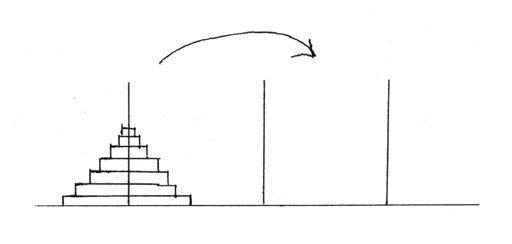3.4 Building STEM capital in pupils and teachers
STEM Literacy is an important dimension of the STEM capital that an individual may acquire and it relates closely to the second dimension of attitudes, values, dispositions, experiences and behaviours. Both dimensions are closely tied to knowing and valuing science as an approach that applies critical thinking to better understand the world around us. In this section of the course we’ll explore this aspect of science and ask how you might build your own STEM capital and support the development of STEM capital in others.
Historically, the present day division between STEM and the humanities has been less clear-cut; the distinction between two cultures is a recent one. Emphasising the similarities with other subjects, including with education and teaching, is one way to foster familiarity with STEM subjects.
When considering science one can look at it from a content perspective, the things that scientists look at and the theories they develop, or a process perspective, how is it scientists look at the world. This section suggests that developing STEM literacy and positive values and attitudes (the first two dimensions of STEM capital) is not a question of knowing more facts, but of understanding the process, the critical thinking and the kinds of reasoning employed in scientific inquiries and making these more familiar and accessible to pupils. There are similarities between scientific reasoning and the kinds of reasoning employed in professional practice in education. Indeed Einstein noted that science does not differ greatly from the way we approach problems in our everyday lives. Problem solving is deeply embedded in our understanding of what it means to an effective learner.
Activity 5
There’s a legend that says when the world was created three pillars were erected on the floor of the temple of Benares. On the left hand column were placed 64 gold discs of diminishing size (see image). The priests were instructed to reassemble the discs on one of the other pillars with the proviso that only one disc could be moved at a time and a larger disc must never be placed on top of a smaller one. By the time the task was finished the world would end.
If you move one disc a second how long is it until the end of the world?

You can try to complete this puzzle online [Tip: hold Ctrl and click a link to open it in a new tab. (Hide tip)] .
Hint: you might want to start by thinking about a smaller number of discs.
Note: what’s interesting is how you go about tackling this – the process. Don’t worry if you can’t reach a conclusion but make notes on the way you tackled the problem. What are some different ways of approaching this problem?
The process of trying different methods and learning from what doesn’t work highlights the importance of problem solving which is an integral skill in all STEM activities, subjects and professions.
Answer
the process – Watch this YouTube video to reveal the most efficient process
number of seconds/years to the end of the world – Answer is 2 64 – 1 seconds which is just under 600 billion years!!!
3.3 What can be done about it?

